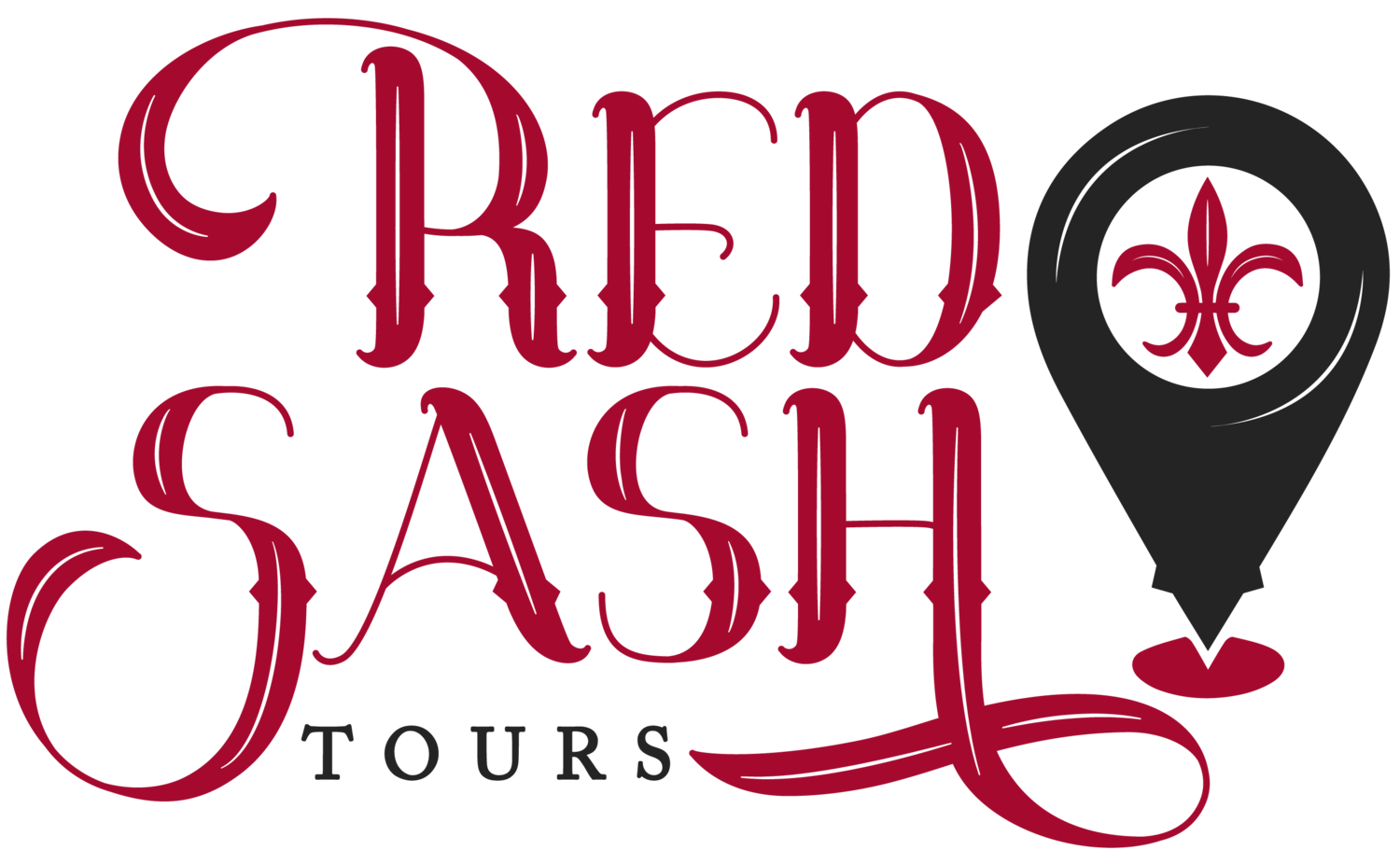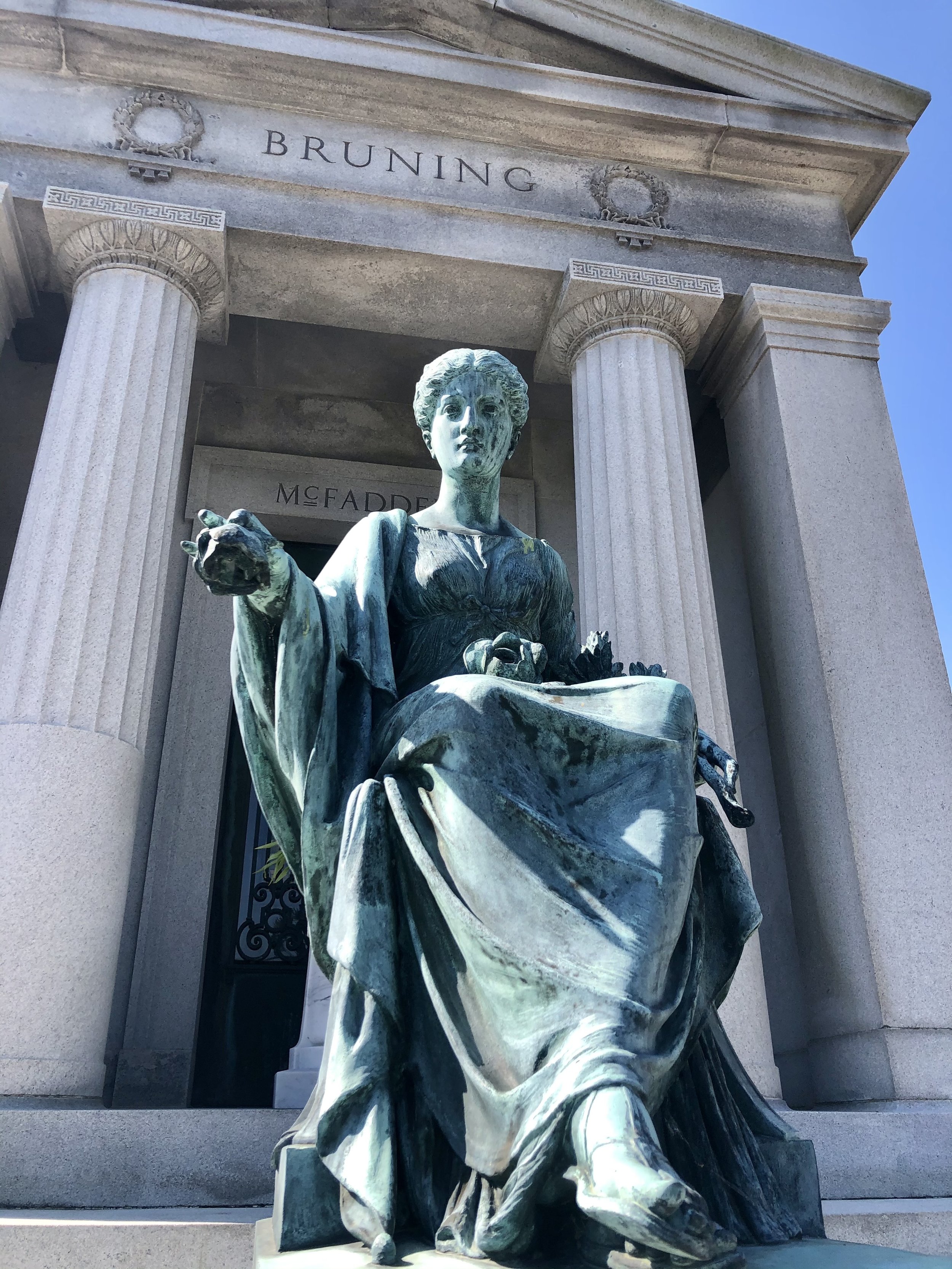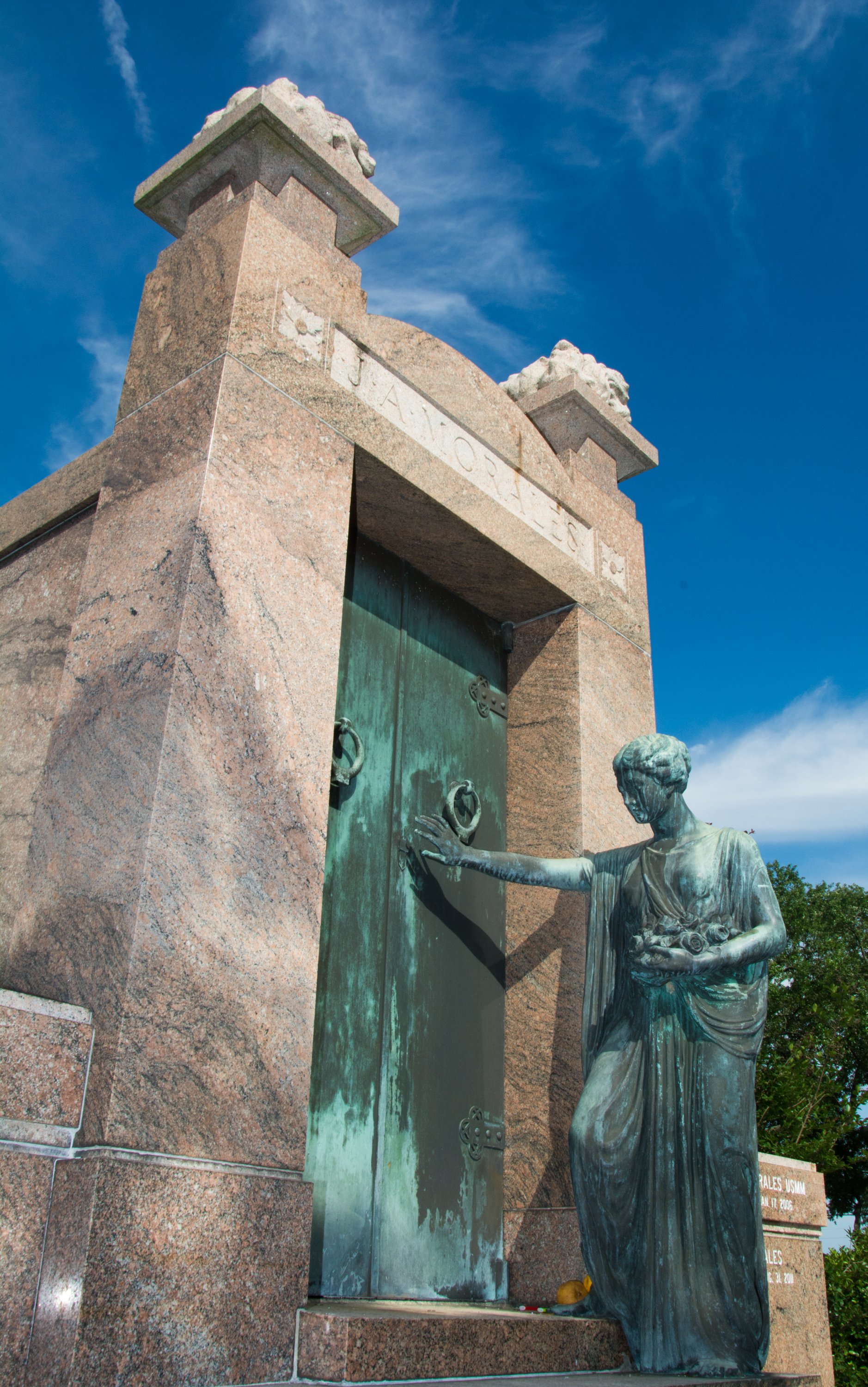The Murder of New Orleans’ Police Chief David Hennessy & His Tomb Builder Albert Weiblen
On October 15, 1890, Police Chief David Hennessy was gunned down outside his home. As he lay dying, he allegedly whispered that “dagos” did it. Everyone of Italian descent in New Orleans was a suspect and any Italian carrying a gun was arrested. Eventually, nineteen Italian and Italian Americans were indicted for murder, but on March 13, 1891, a jury acquitted six and set three free on mistrial. The next day a furious mob stormed the jail and dragged eleven of the defendants from their hiding places (under stairwells, behind brick pillars, huddled in the corners of women’s cells) and beat, shot and hung them. It was the largest lynching in U.S. history.
A move to build a monument honoring Hennessy was almost immediate. Fundraisers were held to raise funds including an unsuccessful one involving a Shetland pony chariot race where the ponies refused to move, a monkey race, and a strong man from Indiana who lifted a barrel full of 43-gallons of water with his teeth.
Eventually, Albert Weiblen (1857 – 1957) a German sculptor who immigrated to the U.S. in 1883 was awarded the contract (which was very competitive), to construct Hennessy’s memorial obelisk. This put Weiblen on the map and he became one of the most prominent (and my favorite) tomb builders in the city. It’s said he is responsible for at least half the tombs in Metairie Cemetery!
Hennessy’s tomb, located in Metairie Cemetery, is a twenty-six-foot “police baton.” Note – this was constructed years before Freud’s published ideas on phallic symbolism!
David Hennessy’s Tomb in Metairie Cemetery
A few other tombs in Metaire Cemetery by Weiblen
In 1894, the city named a street after Hennessy but incorrectly spelled Hennessy’s name on the street sign (though it is correctly spelled on the street tiles).
Weiblen also has a small street named after him off of Canal Blvd.
For more information on David Hennessy you can purchase my book Hope & New Orleans: A History of Crescent City Street Names or book a tour of Metairie Cemetery to learn more about Albert Weiblen and see more of his gorgeous works of art!
Further Reading:
“What th’ Stone Age Boys Would Think: Albert Weiblen, 1857-1957” by Emily Ford
The Crescent City Lynchings: The Murder of Chief Hennessy, the New Orleans “Mafia” Trials, and the Parish Prison Mob by Tom Smith
“Sicilian Lynchings in New Orleans” by Justin A. Nystrom







